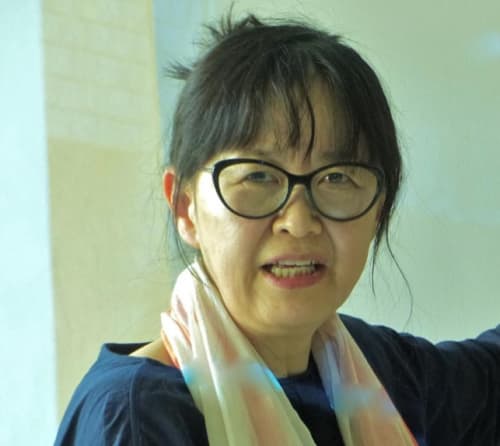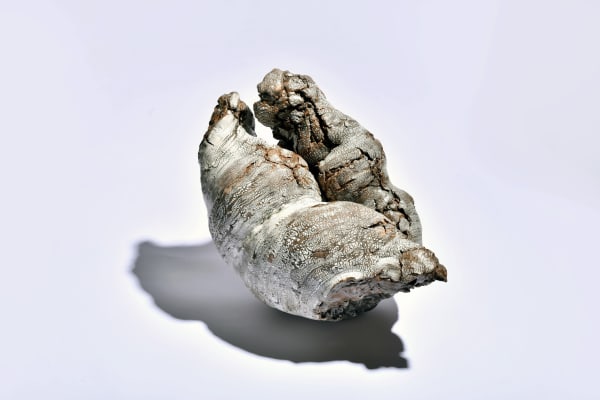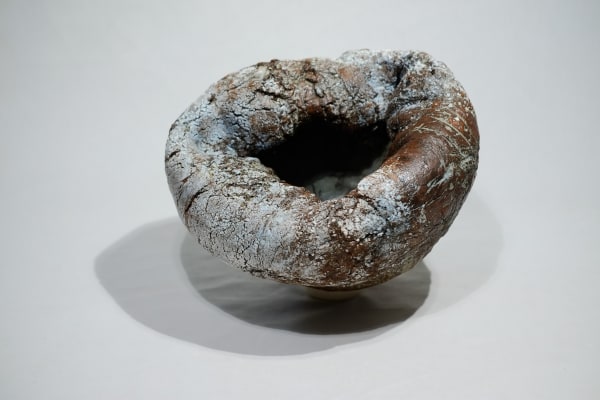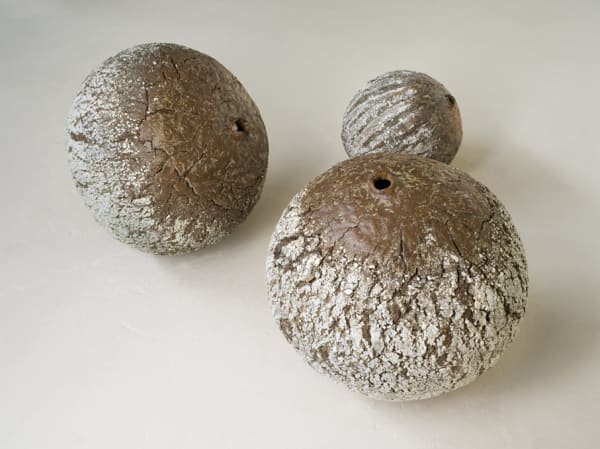YOSHIMI FUTAMURA
Futamura’s work is often inspired by nature, but reflects the natural kiln effects. The texture of her work may appear burned, crused, creased, charred, or speckled with fine granules. Her materials, from porcelain to terracotta are used to create forms that often appear as biomorphic, irregular and almost sexual. In an interview, the artist mentioned that her work showcases their materiality of her medium, the earth. Futamura’s work can be understood within the concept of wabi sabi, or imperfect, incomplete beauty. The irregularity of her pieces only increases their meditative quality.
Within the global art market, Futamura’s work references both modern and classical themes in Japanese ceramics. Her use of naturally occuring, organic textures are combined with tradutional shapes, creating unique works of art. Her role within Japanese ceramics is also nontraditional, as women are excluded from the apprendice system of ceramic production. As a result, Futamura’s work is both sculptural and functional, but emphasizes self-expresion as a fundamental part of her artistic practice.
Yoshimi Futamura is a Japanese ceramic artist who works and lives in France since 1986. She was born in 1959 in Nagoya, Aichi Prefecture. She studied in Japan at theSchool of Ceramic Art in Seto, Aichi from 1979 to 1982 and is a graduate of the Centre Artisanal de l’Ecole Duperrein Paris. Her work can be seen at the collection of the Harn Museum of Art, the AIC Ariana Museum in Geneva, the Yale University Gallery, and the Brooklyn Museum.





